We drank tea in tiny cups, Indian style, and I learnt all sorts of fascinating stuff about the construction industry.
Delhi is an absolutely Massive city. I was working in South Delhi and staying in East Delhi. The journey averaged out at over an hour, and trying to get rickshaws to cover that distance was pretty much impossible, and frankly in 47 degrees wasn’t really desirable either! Fortunately India has fantastic radio taxi services, that are fully SMS responsive. You have to see it to believe the efficiency.
As a city it’s a little like Rome in that it is littered with ancient buildings, forts, and monuments. Visiting these are dead cheap for locals but hugely expensive for foreigners. There are also plenty of markets in Delhi, from traditional ones like Sarojini market, and the new shopping squares like the Defence Colony market.
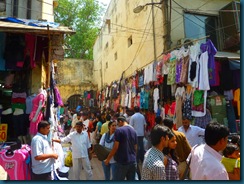
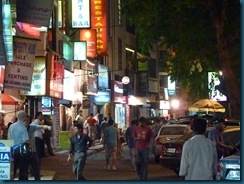
While in Delhi I made a trip to Mount Abu in Rajasthan to visit another school friend, who is the Prince of Bikaner. I wasn’t really expecting his home to be a Palace, but I made the most of it!

On the way there, I got a glimpse of how simply copying designs from one environment and forcing it onto others rarely works. The new highways are mirror copies of western systems with huge dividers in the middle and exits every so many miles. This totally disregards the fact that unlike western environments people live along the highways and are never going to travel miles in the wrong direction simply to come back to a spot on the other side of the road. It also ignores the fact that these roads won’t simply be catering for high speed car traffic. Animals typically do what they want anyway, and low-tech machines (like bullocks carts,handcarts and human traffic) have no side lane. So these roads are actually a nightmare of dual sets of two way traffic, rather than the smooth autobahns they probably set out to be.
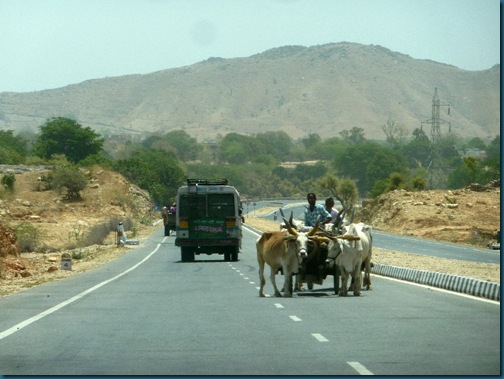
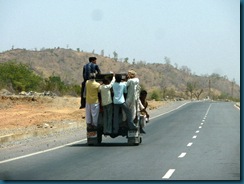
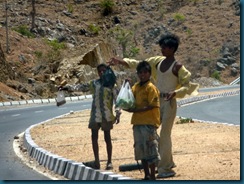
I got the tour of Delhi and visited the Purana Qila, Rashtrapathi Bhavan, Connaught Square and the original Wimpy’s where I had my first ever foreign fast food as a 14 year old. While out sight-seeing I realised that the mobile phone has not just opened up communications to the masses, but also photography and creativity, which is pretty amazing. People who could never have dreamed of film cameras have moved straight to digital photography, and are making the most of it.
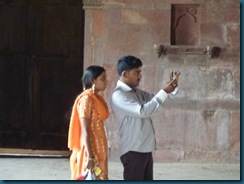
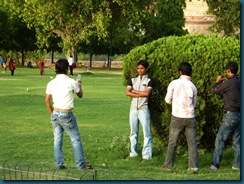
Indian cities are strange dichotomies of the Blade-Runner kind. Very hi-tech and very low-tech co-exist in immediate proximity. The mirror glass of futuristic constructions reflect the dark bases of dilapidated shanty towns that surround them, and gleaming Mercedes S-Classes stream past sweating men pushing loaded hand-carts in the same streams of traffic. Millennial malls are built by labourers using hand-turned concrete mixers, and New York Delis sit side by side with pan wallahs.
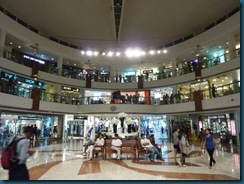
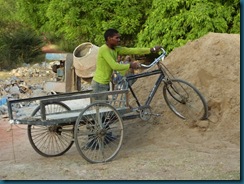
Unlike Bombay, Delhi has vast Chawls, which are sort of like multi-storey slums. They reminded me of Favelas, although these are higher and more densely packed together.
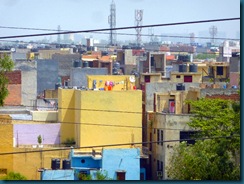

Nitin also introduced me to two of the greatest inventions ever. The electronic mosquito racket and Chaat masala. (see below) The latter I knew of, but hadn’t really fully appreciated until this trip. Makes pretty much anything taste fabulous!
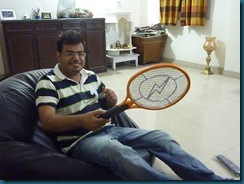
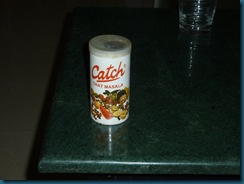
Towards the end, thanks to my friend Elenice, who was down from Brazil, I actually made it to Agra. Heat notwithstanding, the Taj Mahal was as stunning as I remember, and the Agra Red Fort was a revelation. A photographers dream come true. All angles and colours and variations. 16 examples of great architecture on the same site.
Taj Mahal
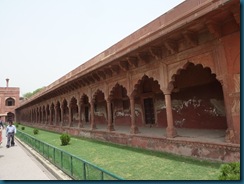

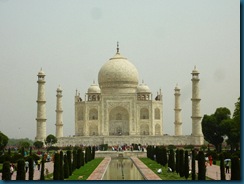

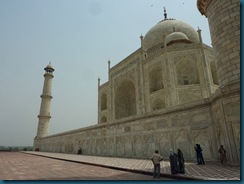
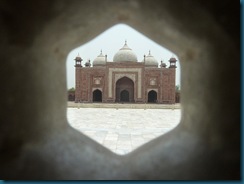
Red Fort
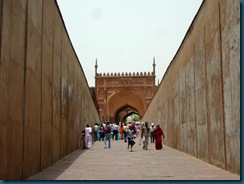
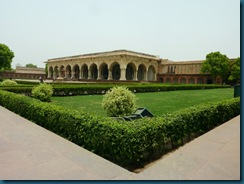


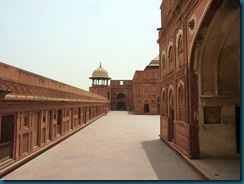
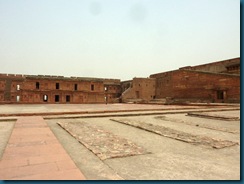
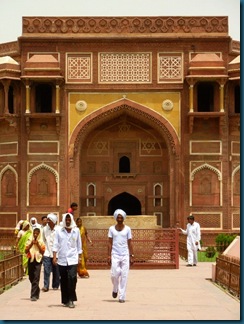
While in Delhi I spent most of my time with the Ashoka team, working on how to practically implement the concept of Confluences, but I also worked on a few other projects.
- AVPN
- Trigger Change
- Develop ecosystem
- Build Movement
- Increase Reach
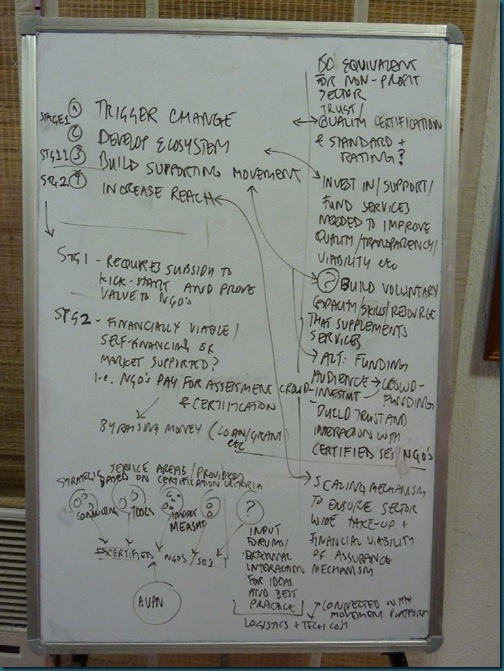
- Ashoka
The Ashoka team in India was going through a massive restructure and a transition to another operating model, so I ended up spending most of my time sharing the ideas and planning developed in Bombay and Bangalore. From the news I hear, the transition has been difficult, but I had fun hanging out with the team in Delhi.
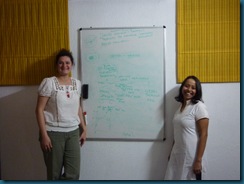
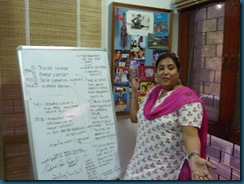

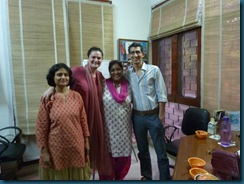
- The YP Foundation (Youth Parliament)
I randomly met Ishita in the Ashoka office, who is a key person in a youth led organisation called Youth Parliament. They were struggling with organisational stability, so we looked at governance and how to restructure to ensure knowledge transfer and improved fluidity of decision-making in an environment with continually changing members. - Music Basti
This is a young organisation providing education through music workshops for children at risk. We discussed the challenges of managing funder pressures and organisational development, especially without deep experience or commercial skills. - Khemka Foundation
This foundation wanted to play a key role in the development of Social Enterprise in India, and was looking for offline, event based ways of bringing different players and thinking together. Unfortunately while the goal was valid, neither the financial nor resource commitment really suggested that the primary donors were serious. - ZMQ
This is one of the most amazing organisations you probably haven’t heard of. It is a ‘technology for development’ company and has built mobile applications to address social issues ranging from health to education and has impacted almost 30m people in critical environments around the world, and is run by two brothers, Hilmi and Subhi Qureishi. Their challenges were primarily around scaling and resourcing, so we looked at open source models and potentially setting up the first OpenSource ‘technology for development’ platform, using crowd-sourcing to scale their applications on to new platforms.




